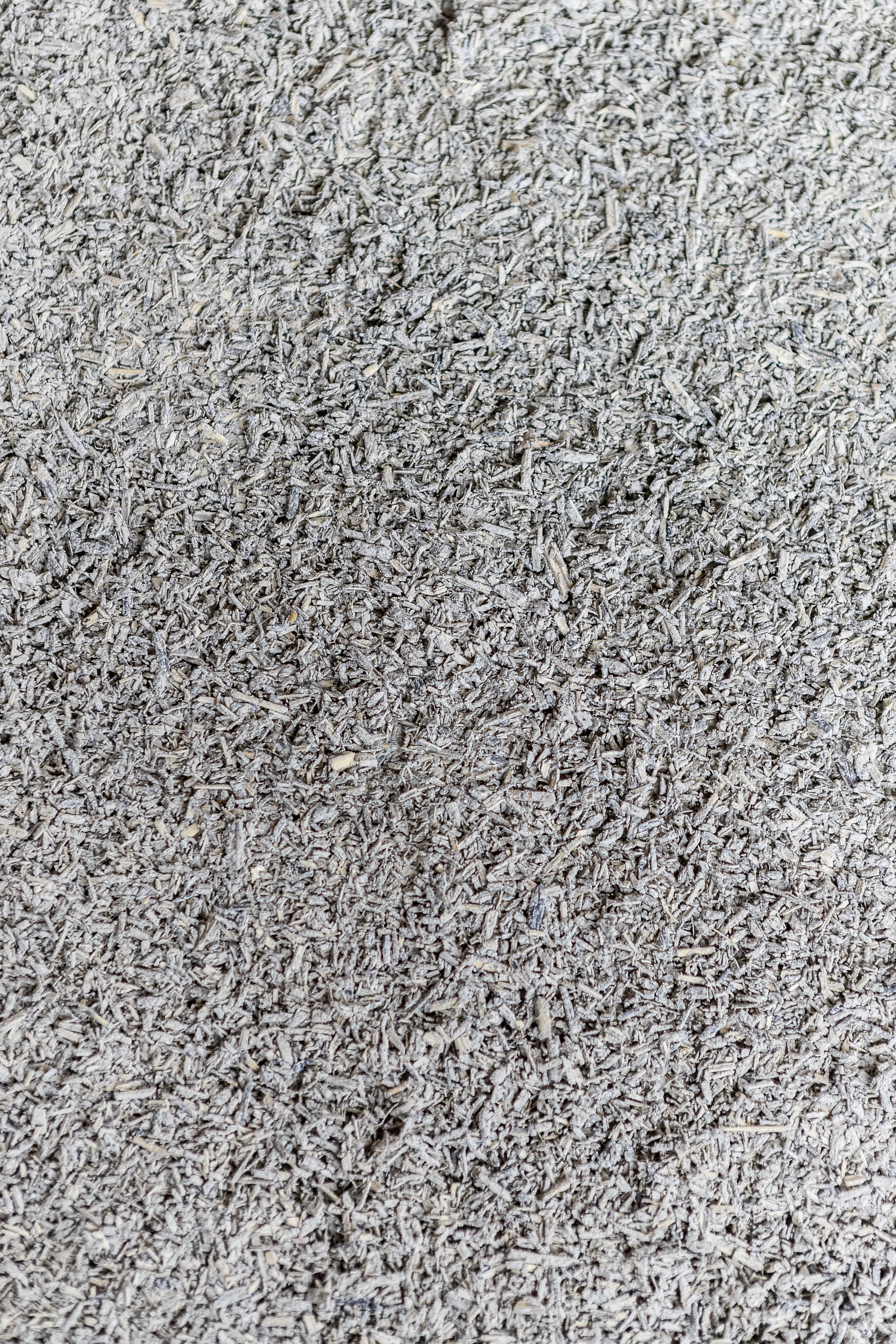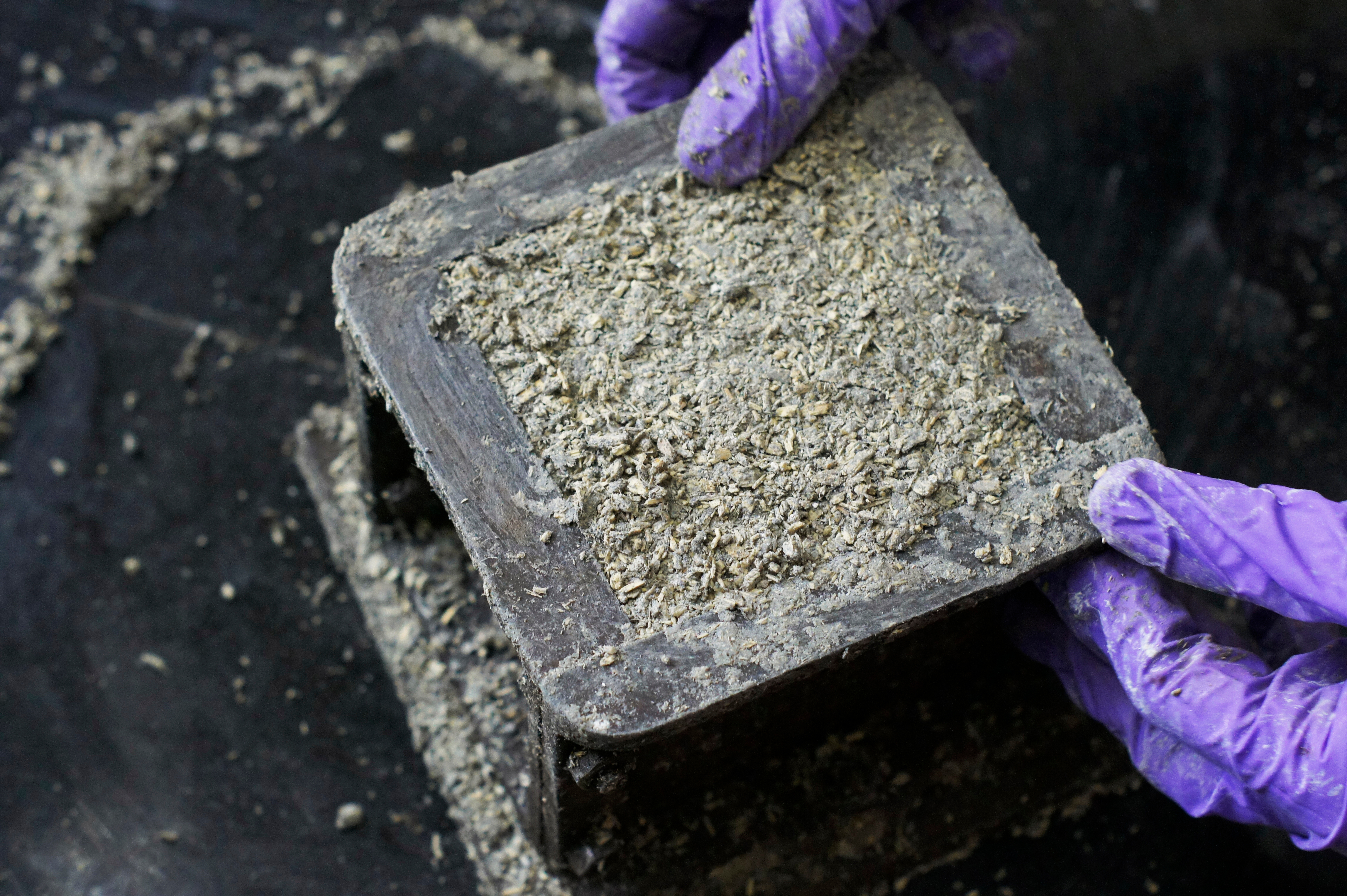Construction’s carbon footprint
It’s time for the construction sector to step up and help the world defeat climate change. Right now, it’s part of the problem, creating around 13% of the greenhouse gas emissions that are cooking our planet. Construction has the power to become net zero by 2050 - but it’s got a long way to go.
Traditional building materials are a huge part of the problem. Cement alone is responsible for 8% of total carbon emissions - if that was a country, it would be the third most polluting in the world after China and the US. This is because in the process of making cement, a chemical reaction occurs that releases carbon dioxide, as well as the fact that it needs to be burnt at extremely high temperatures, guzzling up huge amounts of energy.
In a warmer world with more unpredictable and extreme weather, we’ll need the resilience and longevity that materials like concrete can provide. There are some innovative, more sustainable ways of making cement, but they aren't being rolled out fast enough, and the world can’t afford to wait.
But what if we could swap out concrete for a greener alternative? Introducing hempcrete: a potential concrete replacement which sucks carbon from the atmosphere rather than adding to it.
At SoRoTo, we are committed to promoting sustainable and environmentally friendly practices in the building industry. To achieve this, we are dedicating internal resources towards enhancing our knowledge and understanding of green building practices.

What is hempcrete?
Hempcrete is a bio-based material, made by mixing the core of the hemp plant (hemp hurd) with water and lime. It’s not as strong as its namesake concrete, so isn’t a load-bearing material and can’t be used for foundations. However, hempcrete works well for walls, floor slabs, and ceilings. In new buildings where hempcrete is used to make walls, there’s no need to add any synthetic insulation material because of its inherent insulating abilities. It can also be used to retrofit existing buildings to improve insulation, and is great for restoring the walls of historic buildings. Thanks to its unique composition, hempcrete is resistant to damp, mould, pests, and fire.
But most importantly, hempcrete is carbon negative - meaning over the course of its lifetime, it stores more carbon dioxide that it emits. Swapping concrete for hempcrete could be a powerful tool in our arsenal in the fight against climate change.
Hempcrete can easily be mixed in a forced action mixer – remember to read our guide on “Building With Hempcrete”.
Here’s how hempcrete is environmentally friendly at every stage in its life:
1. Hemp sucks up carbon from the atmosphere
Over eight weeks of growth, an acre of hemp captures more than the same area of trees would be able to absorb in a whole year.
Then, when hemp is turned into hempcrete and used in construction, the carbon is locked up in the material. An average-sized house made with hempcrete would store 5.5 tonnes of carbon dioxide for as long as it lasts - while a house made of non-sustainable materials would emit 48 tonnes.
By building homes with hempcrete, we could meet the rising demand for housing around the world, and help to build a greener future for all of us.
2. It continues absorbing carbon for decades
Through a process known as carbonation, hempcrete will continue to soak up carbon from the atmosphere as the years go on. This has the added benefit of making the hempcrete stronger and more resilient - a win-win for both users and the planet.
3. Growing hemp can restore soils
Because the hemp plant naturally repels pests and weeds, there’s no need for pesticides, which can poison the soil and contaminate drinking water.
In fact, growing hemp can actually help purify soil that’s been polluted – (fun fact: it was even planted after the disaster at Chernobyl to restore the land).
4. It helps build warm, healthy homes
Unlike other insulation materials, hempcrete doesn’t need any synthetic, fossil fuel-based chemicals added to it, meaning that it won’t release toxins to indoor environments and is better for human health.
Hempcrete is also great at regulating temperature inside buildings, because it stores heat both in the material itself and its air pockets. This traps heat for longer, meaning homes with hempcrete are more energy-efficient and cheaper to run than “average homes”.
It’s also breathable and acts like a sponge, absorbing and releasing moisture into the air to naturally ventilate the building and stop mould from forming.
So if you want to go green and help tackle climate change, hempcrete might be the material for you. As well as having many benefits for the environment, it’s a great alternative to traditional building materials that can be used to build resilient, warm, and future-proof buildings.
Closing this blog text we acknowledge that there’s a ton of opinions and other alternatives to hempcrete and we are as excited as you to follow the development of building materials within the construction sector. Remember to read our blog text “Building With Hempcrete”.
























